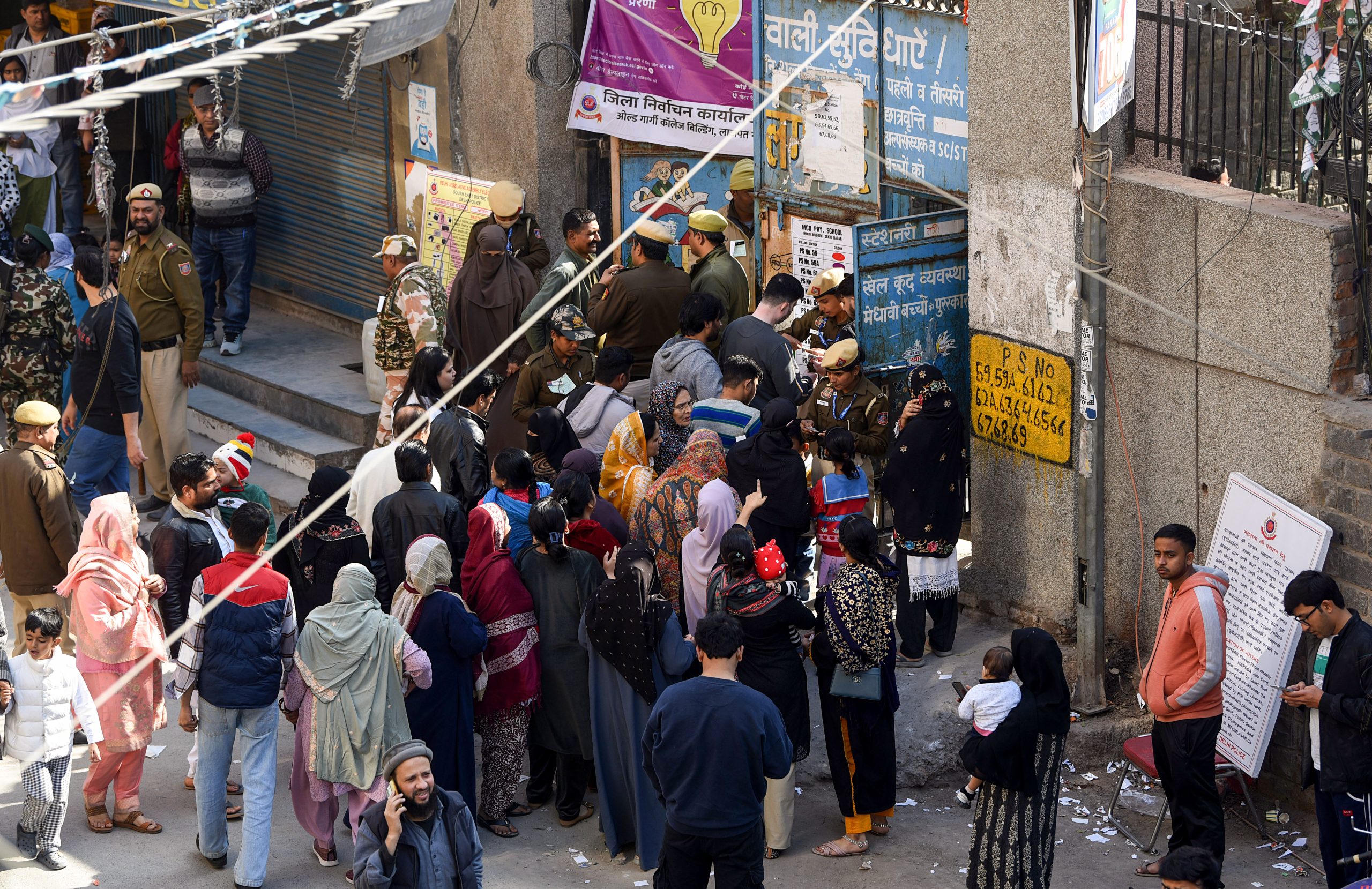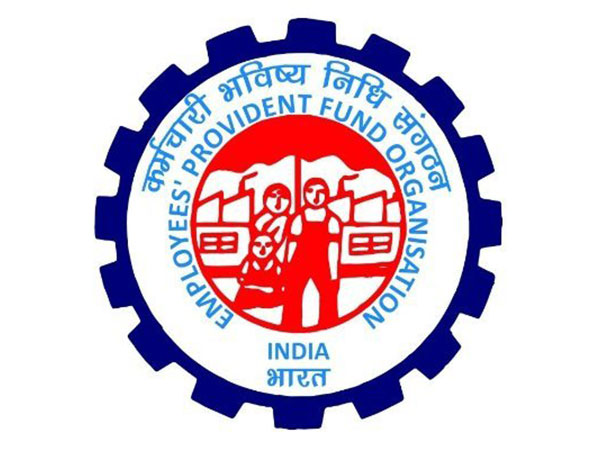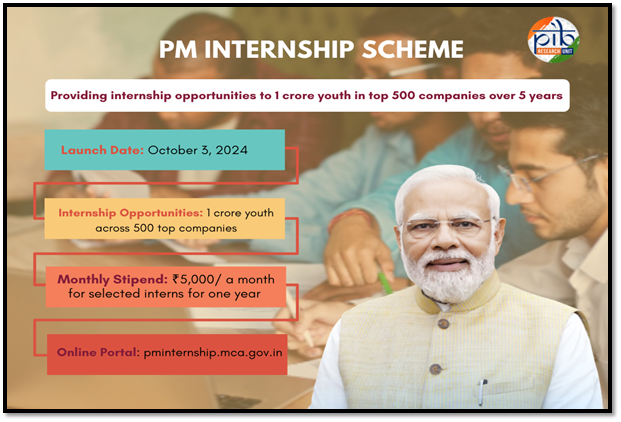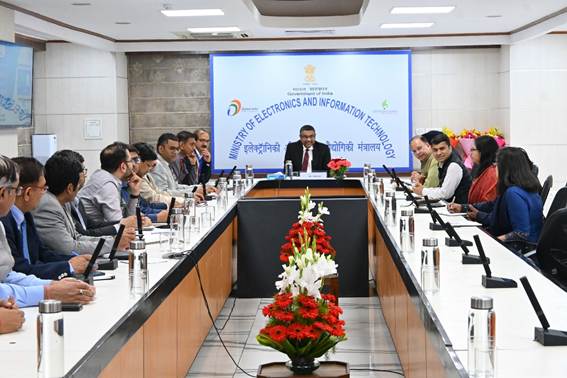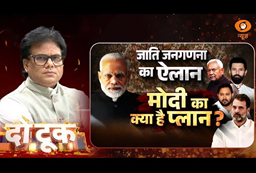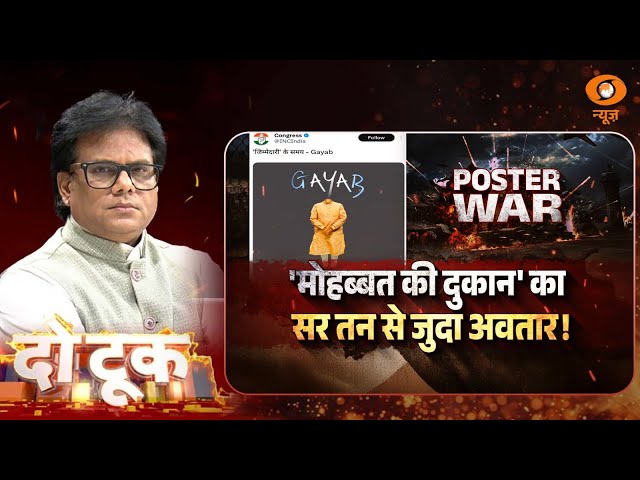Delhi recorded a 60.44% voter turnout in the 2025 Assembly election, which concluded yesterday, according to revised figures released by the Election Commission of India. When compared to past electoral data, this turnout is lower than that of the previous three Assembly elections. The 2020 Assembly election in Delhi registered a voter turnout of 62.55%, while the turnouts in 2015 and 2013 were 67.12% and 65.63% respectively.
India’s National Capital has witnessed the evolution of its political structures since the country’s Independence, progressing from a Delhi Legislative Assembly in 1951, to four Metropolitan Councils, and subsequently to seven Legislative Assemblies.
In 1951, when the first Delhi Legislative Assembly elections were held, the voter turnout stood at 58.52%. At that time, Delhi had 48 Legislative Assembly seats. The Congress won 39 seats, followed by five seats secured by the BJS. In the following years, the city saw two chief ministers, Brahm Prakash and Gurumukh Nihal Singh.
In 1956, following the recommendations of the States Reorganisation Commission, the Assembly was abolished and Delhi became a Union Territory, as the Commission believed that Delhi did not require a separate government.
The year 1966 saw the enactment of the Delhi Municipal Corporation Act. Delhi was then given a Metropolitan Council, an elected, democratic body with only recommendatory powers, while final decision-making authority rested with the Government of India’s representative, the city’s administrator appointed by the President. The Council comprised 56 elected members and five nominated by the President of India. Elections for the Municipal Council were held in 1967, 1972, 1977 and 1983.
Data available from the Election Commission of India show that voter turnout fluctuated during this period. Although comprehensive data for 1967 are not available, the year 1972 recorded a polling percentage of 68.86%, the highest electoral turnout so far in all Delhi elections, including Metropolitan Council and Legislative Assembly elections. By 1977, however, the turnout had dipped to 55.85%, followed by 55.29% in 1983.
The BJS won the 1967 Metropolitan Council election by securing 33 seats. L. K. Advani served as Chairman of the First Council, and Vijay Kumar Malhotra was the Chief Executive Councillor (CEC). The Congress won the subsequent election for the Second Council in 1972, with Mir Mustaq Ahmed becoming its Chairman. In 1977, the Janata Party won the elections, with Kalka Dass becoming Chairman of the Third Council. The Congress then regained victory in the next election, and Purushottam Goyal became Chairman of the Fourth Council.
The 1990s saw the reconstitution of the Legislative Assembly in Delhi with the passage of the “Government of National Capital Territory of Delhi Act, 1991”, which came into force in January 1992. According to the Act, Delhi was to have a Legislative Assembly with restricted powers. The Assembly comprised 70 members, headed by a Chief Minister and six other ministers. The second election of the Delhi Legislative Assembly was held in 1993, after a gap of 42 years, and was won by the BJP. The elections recorded a polling percentage of 61.75%, with the BJP winning 49 seats and the Congress securing 14 seats.
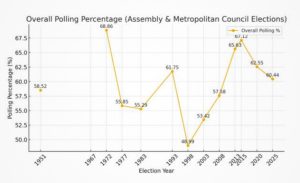
The Congress won the subsequent three elections in 1998, 2003 and 2008. The 1998 elections recorded a voter turnout of 48.89%, the lowest in all Delhi elections so far. Subsequently, the next four Assembly elections witnessed an increase in turnout each time, 53.42% in 2003, 57.58% in 2008, 65.63% in 2013, and 67.12% in 2015. The 2015 Assembly elections saw the highest voter turnout to date when considering the polling percentage for Assembly elections alone.
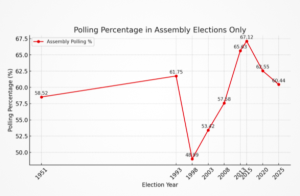
A new entrant in the city’s political circles, the Aam Aadmi Party (AAP) won the 2013, 2015 and 2020 Assembly elections and is now fighting this year to retain its government in the National Capital. In the 2020 Assembly elections, the overall voter turnout reduced to 62.55%, which further declined in the latest elections to 60.44%.
From the initial Assembly elections in 1951, through the Metropolitan Council era, and into the reconstituted Legislative Assembly phase, Delhi’s voting percentages have generally hovered between 50% and 70%.










